Sergei Polunin’s flight this week from the Royal Ballet just as he rises to the pinnacle made last night's Sadler's Wells show a very hot ticket for those who wanted to catch his guest appearance in it. But the evening was also a proclamation that this isn’t the first time that company has mislaid one of its finer talents. Ivan Putrov, who masterminded it, was also a splendid young principal who lost his compass inside Covent Garden, and last year sheared off to join the contemporary dance world.
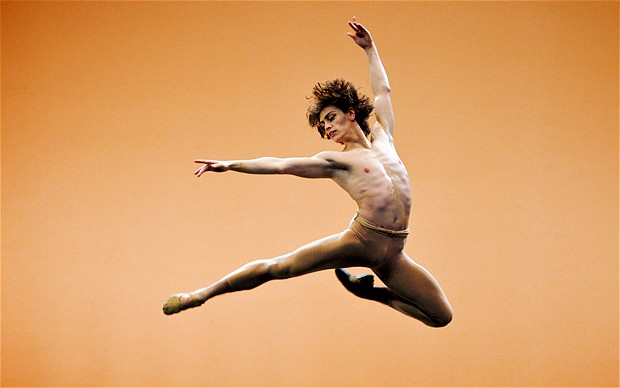 For Men in Motion he invited Polunin to join him and five others in a male-centred programme that, in the hallowed Russian tradition, has since had changes from what’s been announced, reducing seven to five, and losing what he had wanted as a rousing male send-off, Nacho Duato's Remanso. This must have added unwanted extra tensions to a show already saddled with the apocalyptic last-minute excitement of Polunin’s leap to personal freedom (Polunin pictured by Elliott Franks).
For Men in Motion he invited Polunin to join him and five others in a male-centred programme that, in the hallowed Russian tradition, has since had changes from what’s been announced, reducing seven to five, and losing what he had wanted as a rousing male send-off, Nacho Duato's Remanso. This must have added unwanted extra tensions to a show already saddled with the apocalyptic last-minute excitement of Polunin’s leap to personal freedom (Polunin pictured by Elliott Franks).
I wonder if Putrov intended the youthful sadness that suffuses the programme. “Men in Emotion” would be a more apt title, as essentially the dance numbers are five variants on being all by yourself in the moonlight and not, to be honest, dashing about in the thrilling way that ballet chaps usually tend to do. One of the young men invoked is Nijinsky, the Ballets Russes prodigy whose emotional and mental disintegration in his mid-twenties haunts Putrov's programming.
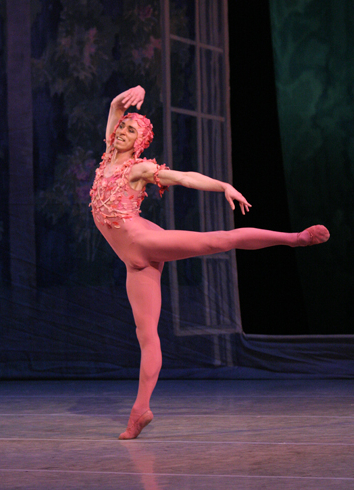 But the symbolism of opening with Le Spectre de la Rose, Fokine’s plangent romance where a girl dreams of her rose coming to life, strikes a false note with a performance where the dancers - one from the Mariinsky, another from English National Ballet - seem to be coming at it from different places. Spectre is almost doomed to fail because its contents are so debated, and yet it is all scent and suggestion. This ballet was where 21-year-old Nijinsky, in a rose-petalled leap, established his near-divine aura as a creature trembling with unidentified urges, neither quite animal, vegetable nor mineral. Probably the 1911 orchestra was better than last night’s scratch band, but Igor Kolb (pictured right courtesy Mariinsky Ballet, whom I’ve much admired for his danseur noble qualities in past years) was so tendrilly he was positively sweet-pea. Even the irresistible sweetness of ENB's Elena Glurdjidze in her muslin cap and ballgown couldn't override a sense that this number had been thrown together without loving care.
But the symbolism of opening with Le Spectre de la Rose, Fokine’s plangent romance where a girl dreams of her rose coming to life, strikes a false note with a performance where the dancers - one from the Mariinsky, another from English National Ballet - seem to be coming at it from different places. Spectre is almost doomed to fail because its contents are so debated, and yet it is all scent and suggestion. This ballet was where 21-year-old Nijinsky, in a rose-petalled leap, established his near-divine aura as a creature trembling with unidentified urges, neither quite animal, vegetable nor mineral. Probably the 1911 orchestra was better than last night’s scratch band, but Igor Kolb (pictured right courtesy Mariinsky Ballet, whom I’ve much admired for his danseur noble qualities in past years) was so tendrilly he was positively sweet-pea. Even the irresistible sweetness of ENB's Elena Glurdjidze in her muslin cap and ballgown couldn't override a sense that this number had been thrown together without loving care.
Then the anticipated highlights: Polunin and Putrov each did solos bare-chested. Putrov wore gold jewellery, Polunin wore tattoos. Polunin with his angry eyes and soaring leaps very nearly rescued a silly Bolshoi cameo about Narcissus (see picture above, by Elliott Franks), while Putrov over-respectfully marked out a slight Frederick Ashton gala number about sorrowing Orpheus.
In fact, in both of these Ukrainian expats the Royal Ballet lineage of male grace and seriousness is particularly marked, and both of them are, in a way, too good to bluff their way through undernourished choreography. Putrov still looks through-and-through a ballet man. Polunin's boy-with-wings physical blitheness and contrasting solemnity are qualities that only really good ballet material can help him exploit.
 So even if he was making the night's news, he wasn't the night's artistic highlight - that was Russell Maliphant’s sublime AfterLight (Part 1) , a spinning, mesmerisingly intricate solo inspired by the insanity of Nijinsky. Daniel Proietto, whose pipe-cleaner body and tracksuit is a world away from ballet, seemed to exist only in the hypnotic revolving of the half-light’s dapplings and shadows, in the threads between the notes of Satie’s 4 Gnossiennes. In the third Gnossienne he threw off his hoodie and became the spirit of a barely born lad blown like tumbleweed over the stage. Lost boys, let them not be mad, not mad, sweet heaven.
So even if he was making the night's news, he wasn't the night's artistic highlight - that was Russell Maliphant’s sublime AfterLight (Part 1) , a spinning, mesmerisingly intricate solo inspired by the insanity of Nijinsky. Daniel Proietto, whose pipe-cleaner body and tracksuit is a world away from ballet, seemed to exist only in the hypnotic revolving of the half-light’s dapplings and shadows, in the threads between the notes of Satie’s 4 Gnossiennes. In the third Gnossienne he threw off his hoodie and became the spirit of a barely born lad blown like tumbleweed over the stage. Lost boys, let them not be mad, not mad, sweet heaven.
Putrov’s first choreographic creation looks very green after it. Ithaka is a trio derivative of Glen Tetley’s superb Pierrot Lunaire, whose central character, a Pierrot learning about life from his perch on a climbing frame, was probably Putrov’s most heartfelt incarnation at Covent Garden. But his revised narrative of a youth buffeted between male and female sex urges - embodied by a hirsute Aaron Sillis and the bodacious Glurdjidze - looks naff, with Putrov as some sub-Béjart glory boy in undercooked ballet steps, in front of pastel walls and a large black window by Gary Hume. A climax (inasmuch as I could tell in this indecisive emotional arc) was indicated when the window jerked upwards suddenly about 12 inches. “It ends perhaps without an apparent resolution,” writes Putrov in the programme. Don’t all the bad ones?
In the wayward circumstances, this is a skimpy evening to look at, yet - if only the orchestra were better - it’s aurally intriguing. With the music’s journeys between the Ballets Russes boudoirs of Weber’s Invitation to the Dance and Dukas’s La Péri, the spicier splurges of Nikolai Tcherepnin’s Narcisse and the spiritual limbo of Satie’s noodlings and the Gluck Blessed Spirits, there’s an atmospheric musical odyssey there that lifts the evening clear from a vanity project. Putrov has nice musical intelligence; now he needs nice choreographic intelligence. All the worse then that the programme is so cavalier with information about the music.

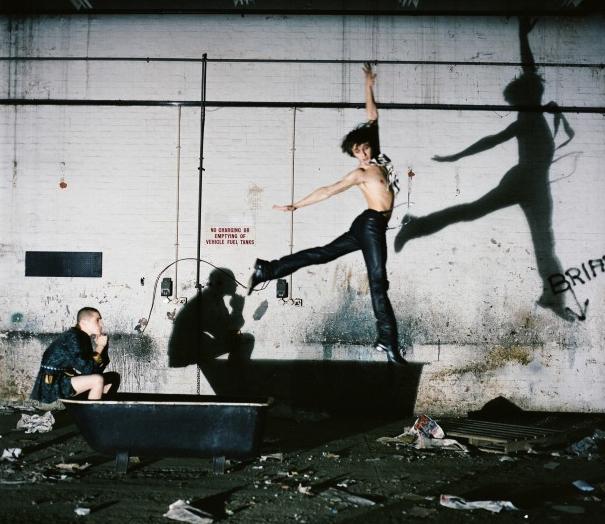


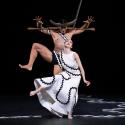








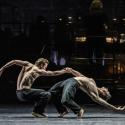
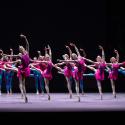
Add comment